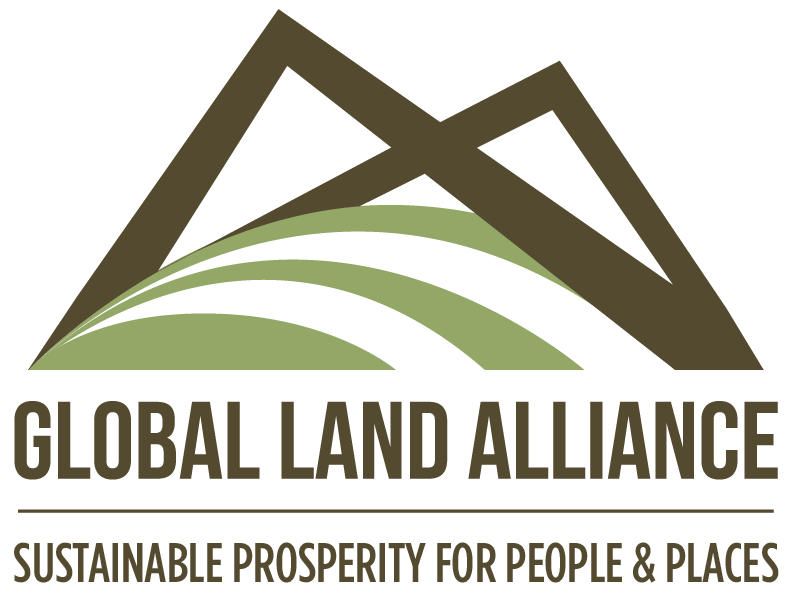Global Land Alliance Tackles how to Measure Capacity Development
As part of the Integrated Land and Resource Governance (ILRG) task order under USAID’s second Strengthening Tenure and Resource Rights project (STARR 2), Global Land Alliance, led by Cynthia Berning, teamed with TetraTech to think through how to best measure the results of the capacity development activities that are part of the project. Measuring capacity development has always been a challenge in international development – a common practice has been counting the number of people who have participated in training, but this metric tells us little about whether the trainings have resulted in tangible improvements in the real world. It can be difficult to demonstrate whether changes observed in the functioning of a country’s land sector as a whole are the direct result of capacity development activities or of something else. A third challenge is establishing a set of metrics that are specific enough to be useful for a particular country context and yet universal enough to be measured and compared broadly across a variety of countries and settings. Global Land Alliance and TetraTech set out to work through these challenges and establish a framework for measuring improvement in several key capacities that are universally relevant to the land sector in the countries where the STARR 2 program is working.
The team first explored the available literature on measuring capacity development to learn what methods other organizations have used and what types of indicators have been measured previously. Next, the team defined the essential capacities that the program is hoping to cultivate in its partner organizations and host government agencies – capacities which are essential for an effective land administration system. The team then settled on three levels of capacities to track:
Level 1 measures specific knowledge and skills that were covered in the capacity development activities. These metrics will help determine whether training activities are successful in transferring specific knowledge and skills to participants. Level 1 includes both technical (“hard”) skills and interpersonal (“soft”) skills.
Level 2 assesses how well each organization is functioning in its basic operations and includes metrics such as budget management, human resources management and communications.
Level 3 determines whether each organization has been able to translate the skills developed in the trainings and improved organizational management techniques into the improved delivery of land-related administrative services. This third level of assessment will demonstrate whether the capacity development activities have achieved their ultimate goal of improving the functioning of the land sector.
The Capacity Development Measurement Framework is currently being field-tested and will be adjusted as necessary before being rolled out alongside capacity development activities in each ILRG country. If the framework proves useful in the ILRG context, USAID may be able to use it in other land administration projects, or even adapt it for use in other sectors.

